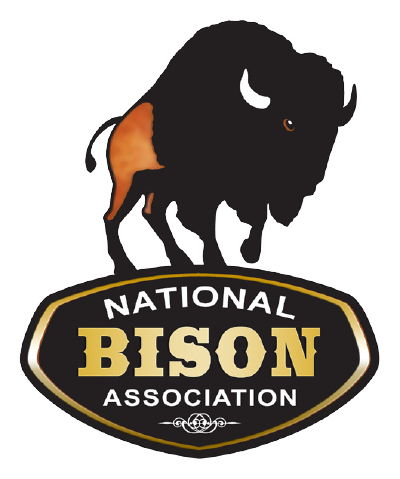At one time, at least 25 million American bison were spread
across the United States and Canada. However, by the late 1880s, the total number of bison in the United States had been reduced to fewer than 600 individuals. Most of these were collected onto various private ranches, and the
last known free-roaming population of bison consisted of less than 30 in the
area which later became Yellowstone National Park.
Plains bison have since been reintroduced into a number of
locations around North America. Five main foundation herds of American bison
supplied animals intended to save them from extinction. The northernmost
introduction occurred in 1928 when the Alaska Game Commission brought bison to
the area of present-day Delta Junction. Bison taken from this transplant were
also introduced to other Alaska locations, including Farewell and Chitina. The
Delta Junction herd prospered the most, with a population of several hundred
throughout the late 20th century. This herd is popular with hunters interested
in hundreds of pounds of high-quality meat, but has been a problem for farming
operations in the area. Though American bison generally prefer grasslands and
plains habitats, they are quite adaptable and live in conditions ranging from
desert to forested areas.
Currently, over 500,000 bison are spread over the United
States and Canada. However, most of these are on private ranches, and some of
them have small amounts of hybridized cattle genes.
In 2006, Plains bison from Elk Island National Park in
Alberta were released into Saskatchewan's Grasslands National Park. This marks
the first time Plains bison have wandered the short grass prairies of Canada
since their near-extinction at the turn of the 20th century. According to the
national agency Parks Canada, the entire breeding population of these wild and
“semi wild” bison is the descendants of just eight individuals that survived the
period of near-extinction.
One
Plains bison herd was established in Texas. A remnant of the last of this herd had been saved in 1876. "Molly" Goodnight had encouraged
her rancher husband, Charles Goodnight, to save some of the last bison which
were taking refuge in the Texas Panhandle. By saving these few Plains bison,
she was able to establish a buffalo herd near the Palo Duro Canyon.


